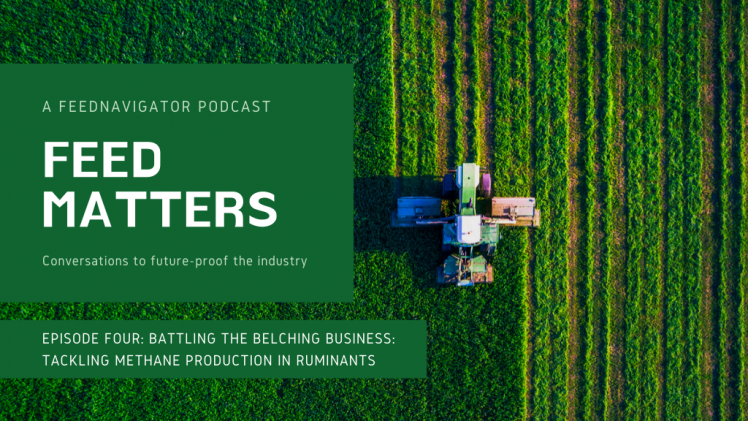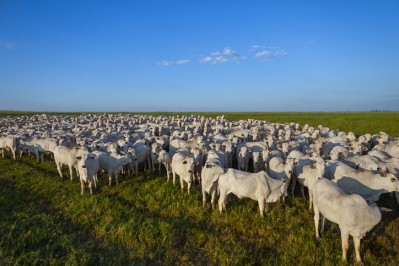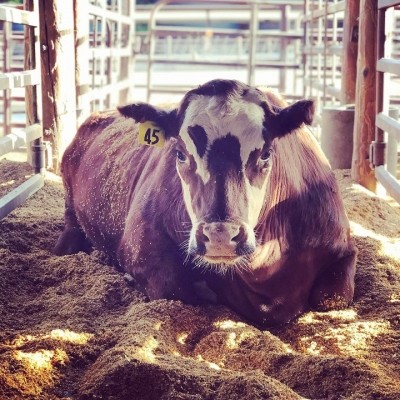Nutritional strategies to cut methane release in cows

To weigh up the advantages and disadvantages of some of the solutions already on the table, as part of our new podcast series, Feed Matters, we talk to methane emission reduction expert, Dr Jan Dijkstra, associate professor, ruminant nutrition, Wageningen University.
He analyses major developments in this area for us from work done with seaweed to the methane reduction success rate to date recorded in trials on DSM's feed additive, 3NOP. He also evaluates the impact of roughage quality on methane production in ruminants and how this can differ depending on the type of animal involved - sheep, beef cattle or dairy cows. Finally, he assesses the impact of residual feed intake and feed efficiency on methane release in livestock, and determines how effective it is to go down the genetic route and select for low methane emitting cows.
Dijkstra sees great potential for DSM's 3NOP in respect of methane emission reductions in cattle, particularly as it would seem to be effective in the long term. He and others carried out a meta-analysis of the additive in 2018, and he continues to evaluate the product as part of a study being carried out by a Dutch consortium. DSM has trials running all over the world on this product currently, in both intensive production systems and in pasture based models. And it has filed for market approval on 3NOP in several regions.
While we have seen a plethora of headlines in recent years on how supplementing cattle feed with seaweed could result in a significant reduction in methane belched by livestock, Dijkstra cautions that the practice may not be a realistic strategy to battle climate change. Penn State University and UC Davis in the US have carried out studies on a seaweed - Asparagopsis taxiformis - in this respect.
There are questions about the stability over time of the active ingredient in this type of seaweed - bromoform, said Dijkstra. That compound, he said, is an ozone depleting substance and is also potentially carcinogenic. The long-term effects of such compounds on animal health and reproduction and its effects on milk and meat quality need to be determined, he mentions.
Moreover, there are issues around the palatability of seaweed, while another major hurdle would be production of seaweed at scale, he added.








